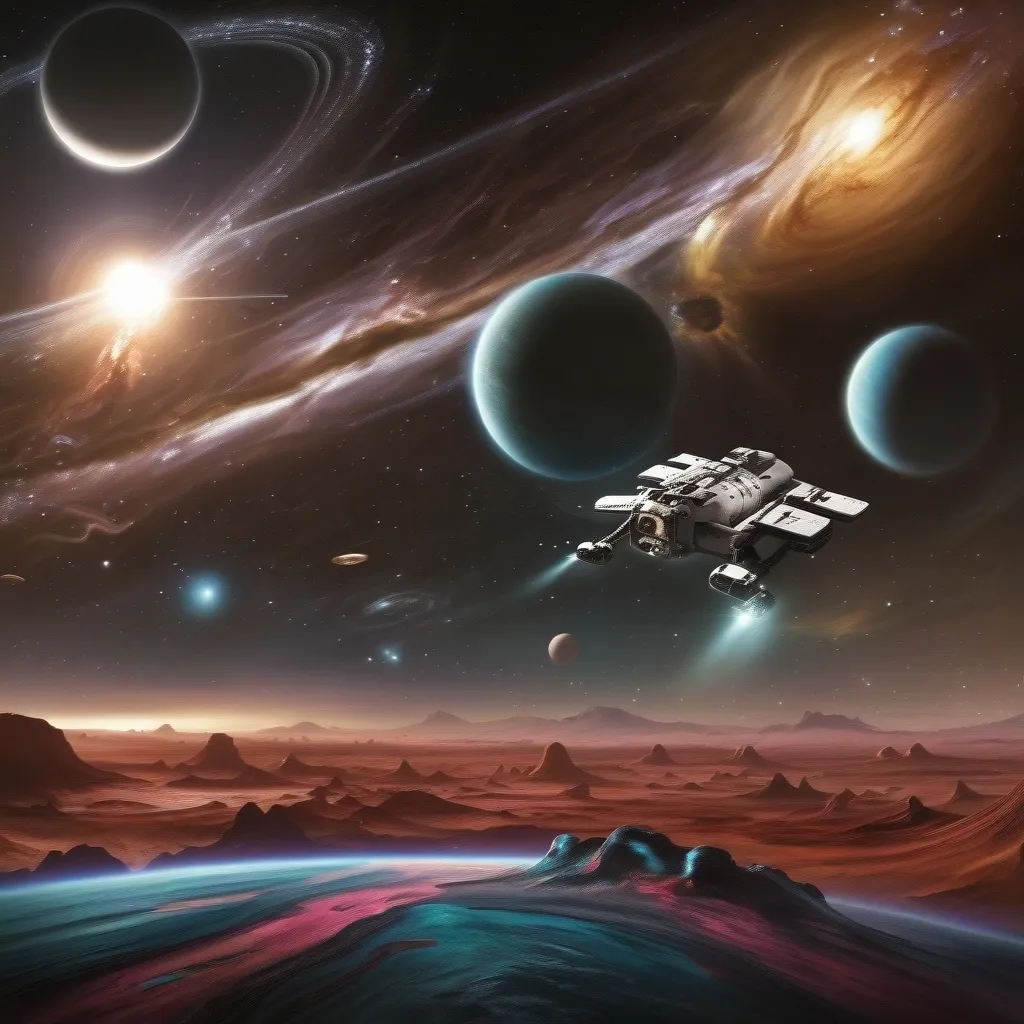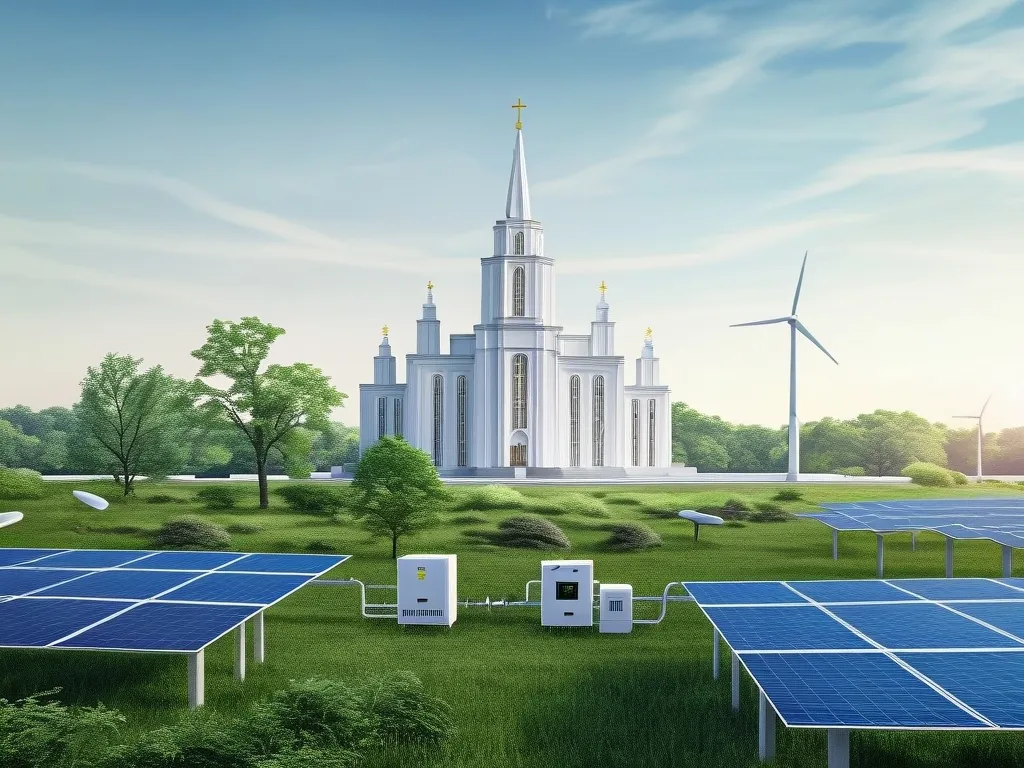The Quest for Cosmic Companionship: Searching for Life Beyond Earth
Have you ever gazed up at the stars and wondered if we’re alone in the universe? You’re not the only one. For centuries, humans have been captivated by the possibility of life beyond our little blue planet. It’s a journey that’s taken us from ancient philosophers pondering other worlds to modern scientists peering through powerful telescopes.
This search for extraterrestrial life isn’t just some sci-fi fantasy. It’s a serious scientific endeavor called astrobiology. These researchers are trying to crack some of the biggest mysteries out there: How did life begin? How does it evolve? And most importantly, is Earth the only place in the cosmos where life has taken root?
One of the coolest things about this search is how it’s changing our understanding of what’s possible. We used to think Earth was pretty special, but now we know there are billions of planets out there that could potentially support life. It’s like we’ve gone from thinking we’re the only house on the block to realizing we’re part of a massive cosmic neighborhood.
The Kepler Mission was a real game-changer in this field. This NASA project discovered thousands of exoplanets – planets orbiting stars other than our Sun. Many of these are in the “Goldilocks zone” where conditions are just right for liquid water. And where there’s water, there’s the potential for life.
But finding these planets is just the first step. The real challenge is figuring out if anything’s actually living on them. That’s where some seriously cool technology comes in. The James Webb Space Telescope, for example, can peek into the atmospheres of these distant worlds. It’s looking for gases that could be produced by living organisms. Imagine being able to sniff out life from light-years away!
Closer to home, we’re sending robotic explorers to check out our cosmic backyard. Mars is a prime target, with its history of water and potential for underground reservoirs. Rovers like Perseverance are basically astrobiology labs on wheels, searching for signs of past or present Martian life.
But Mars isn’t the only place in our solar system that’s caught scientists’ attention. Some of the moons orbiting Jupiter and Saturn have massive oceans hidden beneath their icy surfaces. Europa and Enceladus are like cosmic snow globes, and we’re itching to see what’s swimming around inside. The only problem? Those oceans are buried under kilometers of ice. Talk about a tough nut to crack!
The search for life isn’t just about finding little green men or even simple bacteria. It’s about understanding the conditions that make life possible in the first place. Scientists are studying everything from the chemical makeup of atmospheres to the way planets form and evolve. They’re even exploring the idea of “lyfe” – life as we don’t know it. Who says aliens have to play by Earth’s rules?
To really understand how life might pop up elsewhere, we need to figure out how it started here on Earth. Researchers like David Deamer are cooking up primordial soups in labs, trying to recreate the conditions of early Earth. This work is challenging old ideas about where life began and giving us new clues about what to look for on other worlds.
Of course, when we talk about life beyond Earth, a lot of people immediately think of intelligent civilizations. The famous Drake Equation tries to estimate how many alien societies might be out there capable of communicating with us. While it’s more of a thought experiment than a precise prediction tool, it really drives home how many factors have to align for intelligent life to emerge and thrive.
Finding life, whether it’s a simple microbe or a bustling alien city, is no easy task. Scientists are using some pretty clever statistical methods to interpret the data we’re gathering. They’re looking at things like the methane detected on Saturn’s moon Enceladus and asking, “Could this be produced by life?” It’s all about weighing the evidence and figuring out what’s most likely.
Imagine for a second what it would mean if we actually found life out there. It would be absolutely mind-blowing! We’d have to rethink everything we know about our place in the universe. Are we unique? Are we common? Are there countless civilizations out there, or are we truly alone? The implications are staggering.
The search for extraterrestrial intelligence (SETI) is picking up steam too. Scientists are looking for “technosignatures” – signs of advanced civilizations. This could be anything from artificial chemicals in a planet’s atmosphere to the glow of alien cities. It’s like trying to spot a campfire from across the galaxy.
The technology we’re using in this cosmic scavenger hunt is advancing at an incredible pace. Next-gen telescopes will be able to study the atmospheres of nearby exoplanets in incredible detail. We’re planning missions to bring back samples from Mars and to explore those tantalizing icy moons. It’s an exciting time to be an astrobiologist!
But this search for life isn’t just about collecting data and making discoveries. It’s a deeply human endeavor that speaks to our innate curiosity and our desire to understand our place in the cosmos. Whether we find life or not, the journey itself is incredibly valuable. It’s pushing the boundaries of our knowledge and our technology.
The quest for extraterrestrial life also forces us to confront some pretty big questions about ourselves. What does it mean to be alive? What are our responsibilities as a spacefaring species? How would contact with alien life change our society, our beliefs, our very sense of self?
In many ways, the search for life beyond Earth is a mirror that reflects our own hopes, fears, and dreams. It’s a reminder of how small we are in the grand scheme of things, but also how remarkable it is that we can even ask these questions and seek out answers.
So the next time you look up at the night sky, remember that you’re part of this grand cosmic adventure. Whether we’re alone or not, the fact that we’re out there looking, wondering, and exploring is pretty amazing. It’s a testament to the human spirit and our unquenchable thirst for knowledge.
Who knows? Maybe someday we’ll get that answer to the age-old question: Are we alone? Until then, we’ll keep searching, keep dreaming, and keep pushing the boundaries of what’s possible. Because in the end, it’s not just about finding life out there – it’s about understanding what it means to be alive here on Earth.






